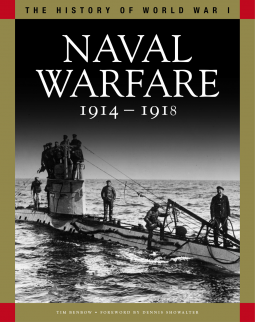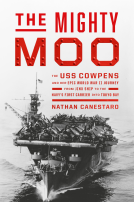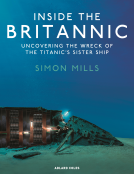
Naval Warfare 1914–1918
From Coronel to the Atlantic and Zeebrugge
by Tim Benbow
This title was previously available on NetGalley and is now archived.
Send NetGalley books directly to your Kindle or Kindle app
1
To read on a Kindle or Kindle app, please add kindle@netgalley.com as an approved email address to receive files in your Amazon account. Click here for step-by-step instructions.
2
Also find your Kindle email address within your Amazon account, and enter it here.
Pub Date Nov 14 2021 | Archive Date Dec 09 2021
Amber Books Ltd | Amber Books
Talking about this book? Use #NavalWarfare19141918 #NetGalley. More hashtag tips!
Description
Available Editions
| EDITION | Other Format |
| ISBN | 9781838861315 |
| PRICE | £19.99 (GBP) |
| PAGES | 224 |
Links
Featured Reviews
There are so many aspects of war, and the navy is just one part of it. There are times when having a strong navy comes in handy - and this was evident during the first world war.
With the added benefit of having first-hand accounts, this book pulls together the battle for the seas perfectly! For those that love naval warfare, you are in for a sure-fire treat with this book!
I truly enjoyed reading through this one, as it not only satisfied the history lover in me but gave me a better understanding of the naval powers in World War I. Having done a lot of research into naval warfare in WWII, it was nice to see and connect the dots on advancements and needed advancements that were targeted, the difference in how battles were conducted, and how the powers that be did their best to dominate the seas.
This book is perfect for the military history lover in your life, and a perfect addition to any home library!
Readers who liked this book also liked:
Raymond Chandler; Arvind Ethan David
Comics, Graphic Novels, Manga, Mystery & Thrillers

















